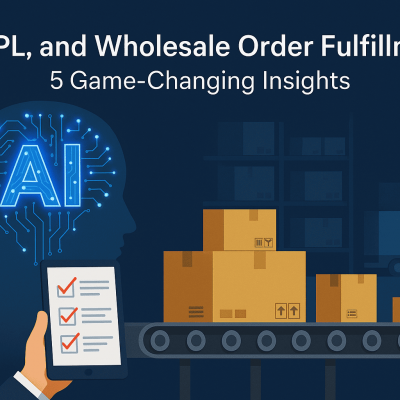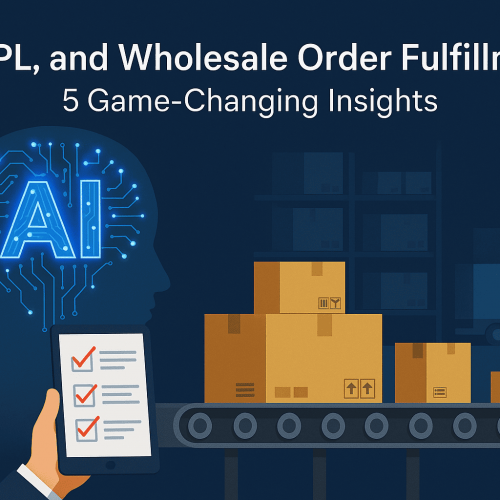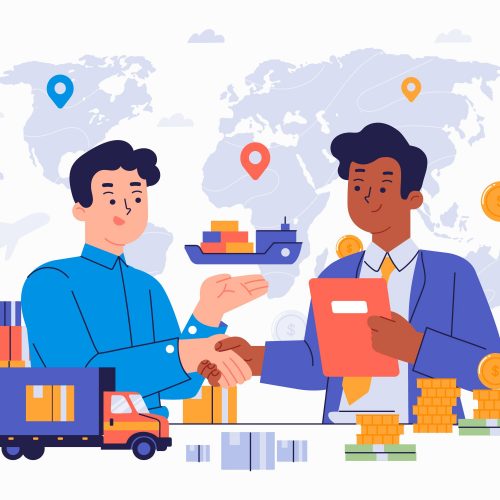Third-party logistics can quietly drain your margins and slow your business’s growth. You may not notice it at first. Small fees stack up. Delays eat into customer satisfaction. Storage charges pile on as unsold stock sits. If you’re running an eCommerce store or shipping physical products, your 3PL provider has a direct line to your bottom line.
You don’t need to overhaul your entire setup. You just need to know what levers to pull and when to pull them. In this article, we will go over some strategies to help you save some money on your 3PL logistics.
1 – Choose the right 3PL partner
Choosing the right 3PL partner can make a large difference in how much you spend and what you get back. Many services look similar on the surface, but the gaps show up quickly once you’re paying monthly storage fees, chasing support tickets, or dealing with missed pickups. You need a provider that offers clarity, consistency, and real value.
Ryder is a good example of what a full-service 3PL can deliver for the money. Unlike smaller operations that often rely on patchwork systems, Ryder provides access to nationwide warehousing, fast integration tools, and reliable service levels without constant add-on charges.
Pick a 3PL that fits the scale of your operation but also gives you room to grow. A poor fit can lead to limits you didn’t expect. A good one saves you money without you constantly needing to fix what they break. Ryder tends to be one of the better bets if you want cost to match capability.
2 – Negotiate your current contract
Most 3PL contracts are negotiable, even if the provider doesn’t say so. Rate cards might look fixed, but there’s often room to shift fees, especially as your volume grows. You don’t need to accept the first offer. You need to ask the right questions and be clear about what matters to your margins.
Start by reviewing each charge in detail. If your order volume is steady or increasing, use that as leverage. Providers are more flexible with clients who bring predictable revenue. Ask for lower storage rates after a certain threshold. Push for discounts based on monthly shipments or seasonal spikes.
Some providers try to lock you in with minimums that look harmless but grow costly fast. Watch for those. You don’t want to pay for warehouse space or order volume you’re not using.
3 – Use technology
Technology can cut costs if you use it to remove friction. Many 3PLs offer software tools, but few businesses use them fully. If you want to save money, start by making your tech stack work harder.
Your store should push order data to the 3PL system instantly. Delays in syncing can cause inventory mismatches and late shipments. If your platform and the 3PL’s warehouse system don’t connect smoothly, fix that first. Most established providers offer plug-and-play integrations.
Look for ways to automate routine tasks. That includes shipment tracking, returns, and customer updates.
















